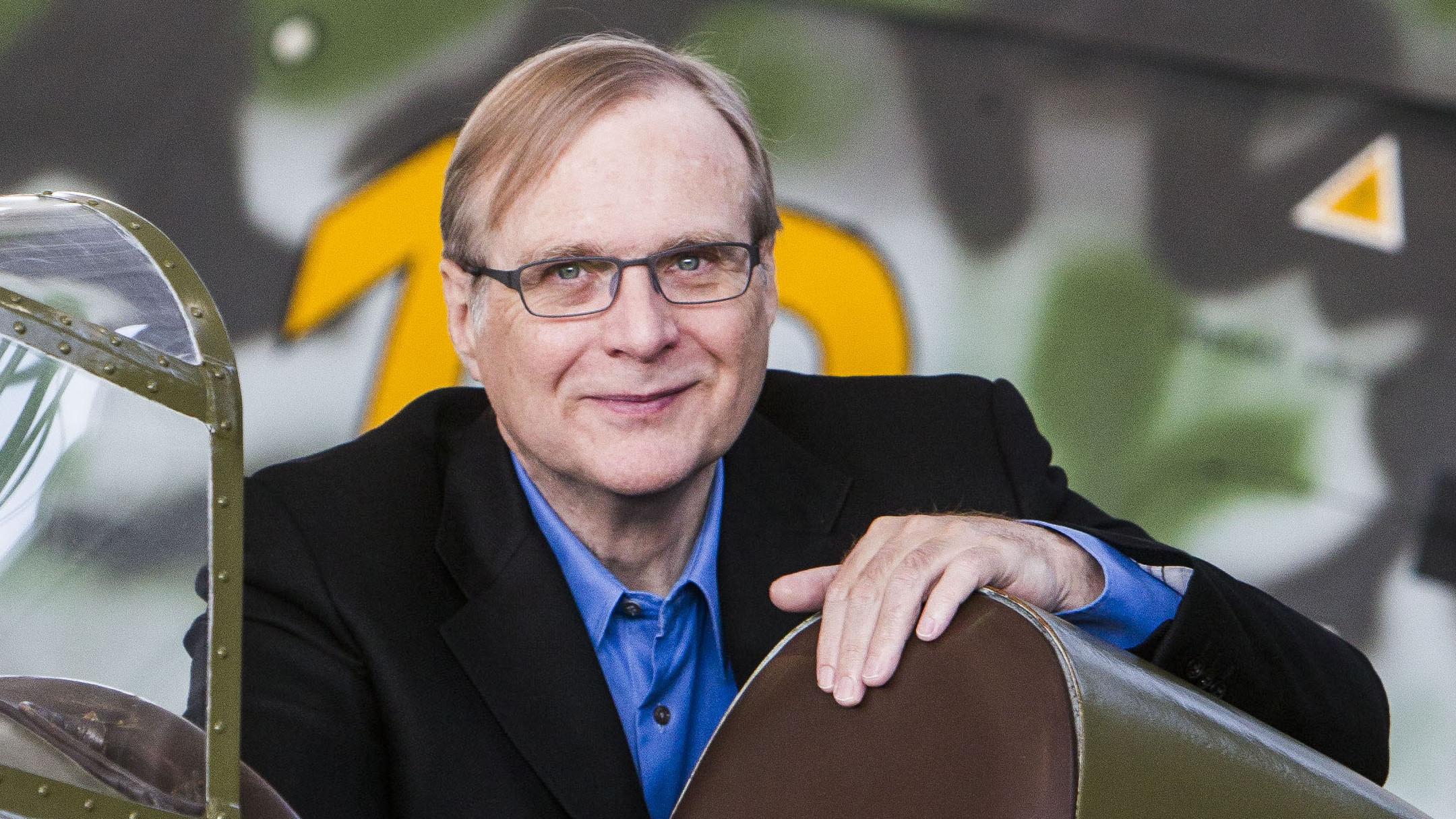Paul Allen, the late American businessman and the cofounder of Microsoft Corporation, accumulated an incredible fortune before his untimely death. When he passed away in 2018, Paul Allen’s net worth exceeded $25 billion, split into company ownership, personal assets, and a rich art collection.
The Microsoft cofounder was many things during his life. He was not only a computer programmer but also an investor, film producer, author, entrepreneur, and a major philanthropist.
Paul Allen’s estate has yet to be distributed among its heirs, considering that he owned a massive, diversified portfolio of investments, businesses, art, yachts, and other miscellaneous assets. Keep reading to learn more about what made up his net worth and how he earned it.
Paul Allen’s Net Worth Breakdown:
Allen’s stake in Microsoft added billions to his net worth, but it was just a portion of what he owned at the time of his death in 2018.
The billionaire’s asset portfolio was one of the most versatile and richest among his peers, adding a fortune to his already high net worth. Over the years, Allen bought art, yachts, real estate, sports teams, and plenty more. Based on our thorough research of his assets, here is what he made up his fortune in 2018:
| Asset or Income Source | Contribution to Net Worth |
| Microsoft stake at time of death | 5% of approx. $780 billion market cap |
| Charter Communications bankruptcy | -$7 billion |
| AOL stock sale, 1994 | $75 million |
| Octopus Pacht | $325 million |
| Tatoosh Yacht | $90 million |
| Art collection | $1.5 billion |
| Real estate | $233+ million |
| Total Net Worth | $25 billion |
Paul Allen Net Worth: Early Life and Education
Paul Gardner Allen was born on January 21, 1953, in Seattle, Washington. His father, Kenneth Sam Allen, worked as a librarian, while his mother, Edna Faye Allen, was a fourth-grade teacher.
Young Paul Gardner Allen studied at Lakeside School, a private school where he met and befriended Bill Gates. The two friends didn’t let the two-year age gap stop them from using their passion for computers together, working on their programming skills on time-sharing computer systems at the school.
The so-called “Microsoft odd couple” liked to program at the laboratory of the Computer Science Department of the University of Washington until the school caught them and banned them in 1971. Allen passed himself as a student at Washington State University to get access to their computer labs, logging in as an administrator.
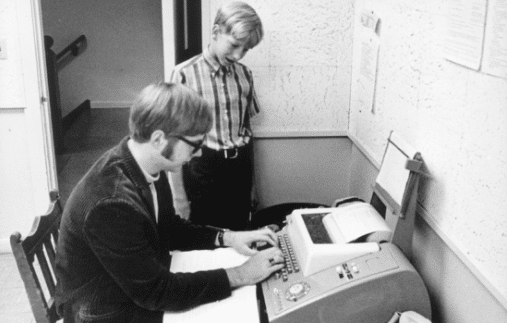
The two friends eventually joined forces with Gates’ childhood friends Kent Evans and Ric Weiland to form the Lakeside Programming Club, working together to find bugs in the software of the Computer Center Corporation, which they did to get extra computer time. However, in 1972, Kent Evans died in a mountain climbing accident, so Gates and Allen were left to complete an automated class scheduling system for the Lakeside School.
When Paul Allen received his perfect SAT score of 1600, he enrolled at Washington State University, becoming a member of their Phi Kappa Theta fraternity. However, two years later, he dropped out of college and started working. He initially worked as a programmer in Honeywell, Boston, which was close to where Gates was studying at Harvard University. Eventually, Allen convinced Gates to also drop out of school and join him in founding Microsoft.
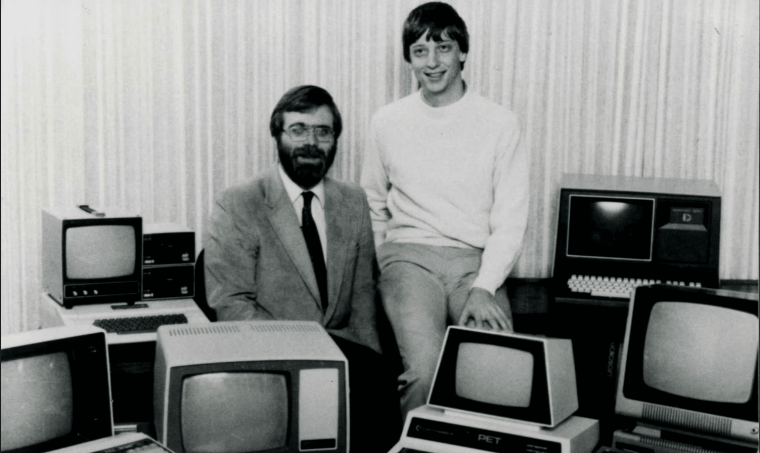
Paul Allen was known as a reclusive personality, never marrying or having children. In 2013, he was named the world’s wealthiest bachelor at a time when he was worth over $15 billion.
Paul Allen Net Worth: From College Dropout to Multibillionaire
Allen’s story of success began the moment he met Bill Gates. The unlikely friendship would soon change the world and make the pair both billionaires. From this point forward, both Allen and Gates would keep piling millions onto their net worth, though their friendship didn’t stand the test of time, leading Allen to leave the company at one point.
Co-Founding Microsoft
Paul Allen and Bill Gates started their first company – Microsoft – in 1975 in Albuquerque, New Mexico, employing Ric Weiland, their high school friend, as the company’s first employee. The company’s beginnings were modest with the partners marketing a BASIC programming language interpreter.
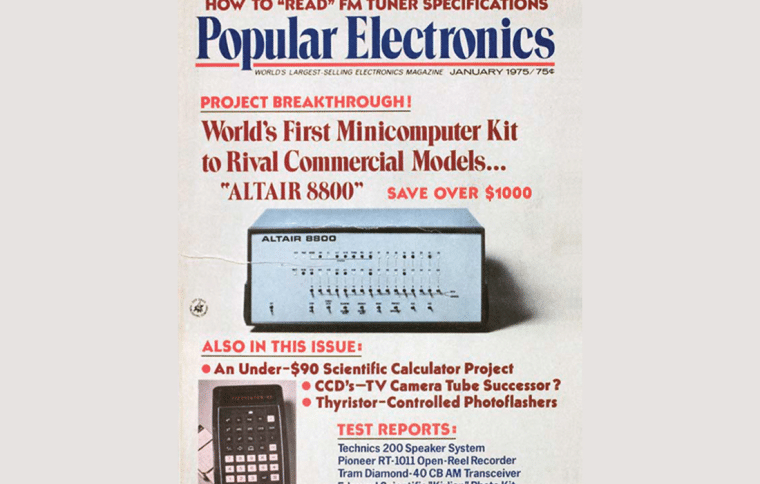
The name of Microsoft was derived from “microcomputer” and “software”, and was reportedly Allen’s idea.
Five years after the company’s establishment, Microsoft committed to deliver a disk operating system to IBM for their original IBM PC. To make this happen, Paul Allen signed a deal for the company to acquire Quick and Dirty Operating System (QDOS), written by Tim Patterson at Seattle Computer Products. Following the purchase, Microsoft was able to supply the DOS that ran on the PC line at IBM, putting the company’s name on the market.
Leaving Microsoft
Despite the incredible success of their business, the relationship between Paul Allen and Bill Gates started falling apart. Both were at the helm of Microsoft, and the cofounders argued over many business decisions, causing Allen to leave Microsoft as the vice president in 1982, although he remained on the board of directors as the vice chairman. That same year, Paul Allen was also diagnosed with Hodgkin’s lymphoma.
During the split, Gates reportedly asked his partner Allen to give him a portion of his shares to compensate for the work he was doing without him. Allen once shared that Gates asked for Microsoft to be split 60-40 in his favor because he “did almost everything on BASIC”. Eventually, Paul Allen agreed to the arrangement, which ended up a 64-36 split.
“I might have haggled and offered Bill two points instead of four, but my heart wasn’t in it,” Allen wrote in his memoir Idea Man: A Memoir by the Cofounder of Microsoft. “So I agreed. At least now we can put this to bed, I thought.”
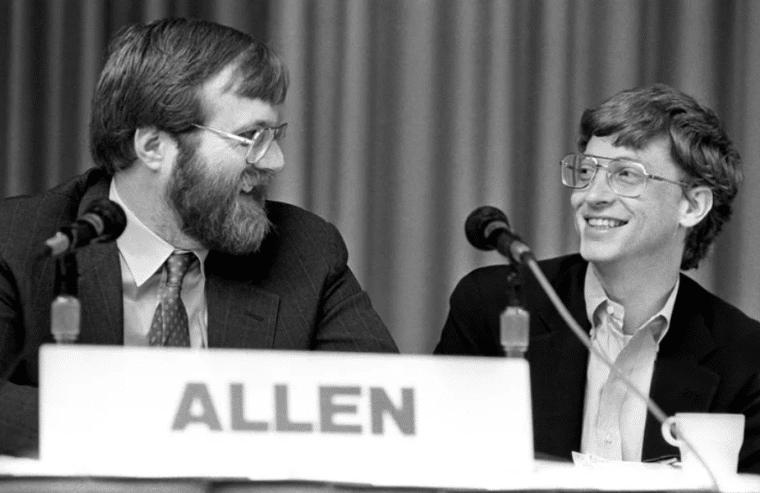
In his memoir, Paul Allen talks about how his partners Bill and Steve tried to “rip [him] off” by diluting his Microsoft stock while he was struggling with his illness, calling it “mercenary opportunism”.
This wasn’t the end of Allen’s disagreements with Microsoft cofounder Gates. In 1983, Bill Gates wanted to buy him out at only $5 per share, but Allen refused and kept his stake at Microsoft intact. When Microsoft went public, this decision made him a billionaire.
The two partners would later repair their relationship and together donated $2.2 million to their alma mater Lakeside School in 1986. The friendship never returned to how it had been, but they remained friends until Allen’s death.
Allen’s Death
Allen was initially diagnosed with stage 1-A Hodgins’s lymphoma in 1982 and was treated successfully after months of radiation therapy. In 2009, he was once again diagnosed with cancer, this time with non-Hodgkin lymphoma. His cancer was once again successfully treated.
In 2018, his cancer returned and was what ultimately caused his death through septic shock. Allen had already resigned from the Microsoft board of directors due to his deteriorating health back in 2000.
Paul Allen died at 65 years of age on October 15, 2018.
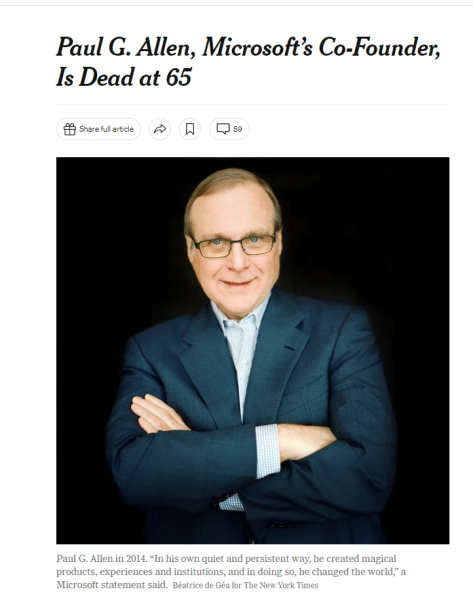
Following his death, his sister, Jody Allen, was appointed executor and trustee of his estate based on the instructions he left before his death. It is her responsibility to oversee the execution of his will and settle his affairs and projects.
On the day Microsoft went public, Paul Allen owned 25% of the company. At one point in 2000, his Microsoft stock ownership dropped below 5%, and from that point forward, Microsoft wasn’t obliged to report his holdings.
In 2018, the year he died, Microsoft’s market cap was estimated at $780.36 billion, making his stake at the time financially significant, most likely worth over $10 billion.
With this in mind, at the time of his death, Paul Allen’s net worth was mostly in the form of assets and other business investments. For instance, he reportedly owned over 1 million square feet of office and industrial space across the US and was an early investor in DreamWorks and Uber, among other businesses.
Paul Allen Net Worth: Life Outside of Microsoft
When he was 16, Paul Allen received an electric guitar as a gift and started playing, inspired by his idol Jimi Hendrix. His passion for music remained into adulthood, and in 2000, he played rhythm guitar on Grown Men, an independently produced album.
In 2013, Allen had a label release on Sony’s Legacy Recordings titled Everywhere at Once by Paul Allen and the Underthinkers. At one point, he even had a jam session with Stevie Wonder on a yacht, where he reportedly played just like Hendrix!
Authorship
In 2011, Paul Allen published his memoir, Idea Man: A Memoir by the Cofounder of Microsoft. The book shares his passion for computers and music as well as the incredible story of how he met and recruited his friend Gates to join him in launching Microsoft. It talks about his departure from the company and his remaining creative ventures.
The book was published by Portfolio, a Penguin Group imprint, and made the New York Times bestseller list.
Paul Allen’s Philanthropic Endeavors
Paul Allen was considered one of the biggest philanthropists in the world. He reportedly donated over $2 billion to help advance science, technology, the arts, wildlife conservation, education, and community service in his lifetime.
Paul G. Allen Family Foundation
He and Jody Allen founded The Paul G. Allen Family Foundation, which they used to administer a portion of his contributions. The foundation has donated over $494 million to 1,500+ nonprofits since its establishment.
Allen Institute for Brain Science
In 2003, Paul Allen launched the Allen Institute for Brain Science, donating $100 million to research into how the human brain works. He later donated around $400 million to the institute, making it his largest single recipient. The Allen Institute for Brain Science makes research tools available to scientists using an open data model. Some of its biggest projects are:
- Allen Mouse Brain Atlas
- Allen Mouse Brain Connectivity Atlas
- Allen Human Brain Atlas
Finally, The Allen Institute donates and assists the advancements in the BRAIN Initiative and the Human Brain Project at the White House.
Other Philanthropic Projects
In 1989, Paul Allen funded the Allen Library at the University of Washington, which was later named after his father. He also donated $8 million to establish the Kenneth S. Allen Library Endowment at Washington State University.
Following a $50 million donation from the billionaire in 2017, Washington State University named its computer science department the Paul Allen Center for Computer Science & Engineering, a state-of-the-art facility enabling the school to offer educational experiences to students.
In addition to this school, he has made significant donations to Tufts University, Stanford University, and more.
In 2014, Paul Allen founded the Allen Institute for Artificial Intelligence to engineer and research AI. That same year, he donated $100 million to form the Allen Institute for Cell Science, based in Seattle, which creates virtual models of cells to accelerate research into the treatment of some diseases.
With another $100 million commitment, Paul Allen launched the Paul G. Allen Frontiers Group in 2016 to discover ideas in bioscience and speed up the pace of discovery.
The Giving Pledge
In 2010, Allen signed The Giving Pledge, pledging to give at least half his fortune to philanthropic causes. While this isn’t set in stone or legally binding, he reportedly left guidelines in his will on how to distribute his wealth following his death.
The Giving Pledge, created by Warren Buffet and Bill Gates, is signed by some of the richest people in the world, including Reed Hastings, Ray Dalio, and Dustin Moskovitz.
Awards and Accolades
The late Paul Gardner Allen received numerous awards. For his contribution to aero science and space, he won:
- 2004: Won the Collier Trophy for SpaceShipOne with Burt Rutan, Mike Melvill, Doug Shane, and Brian Binnie
- 2005: Won the National Air and Space Museum Trophy for Current Achievement with the SpaceShipOne team
- 2014: Inducted into the International Space Hall of Fame
- 2019: One of two recipients of the Philip J. Klass Award for Lifetime Achievement by the Aviation Week & Space Technology (after his death)
For his philanthropic endeavors, he won the following awards:
- 2008: Honored for his “unwavering commitment to nonprofit organizations in the Pacific Northwest” by the Seattle-King County Association of Realtors
- 2010: Won the W.J.S. Krieg Lifetime Achievement Award by the Cajal Club for his contributions to neuroscience
- 2012: Won the Eli and Edythe Broad Award for Philanthropy in the Arts
- 2014: Won a Lifetime Achievement Award for his impact in Puget Sound by Seattle Business Magazine
- 2015: Won the Ischia Humanitarian Award by the Ischia Global Film & Music Festival for his philanthropic efforts
- 2015: Won the Champion for Global Health Award by the Center for Infectious Disease Research
- 2015: Won the Andrew Carnegie Medal of Philanthropy for his work in fighting Ebola, support the art, and save endangered species
Paul Allen Net Worth: Other Ventures and Assets
When most people hear about Paul Allen, they think that his fortune stems mainly from Microsoft. However, while his stake in Microsoft was worth billions, Allen fortune is diversified across an incredible number of assets, ranging from sports ownership to his fine art collection, yachts, and real estate.
Allen bought many luxurious assets during his life, most of which have since been sold, but many are still pending sale. He also made a fortune through his Vulcan business, managing several highly successful subsidiaries after he left Microsoft.
Vulcan Inc.
After he stepped down from his role at Microsoft and following his treatment, Pau Allen and his sister Jody Allen founded Vulcan Inc. in 1986. Vulcan Inc. is a privately held company that Allen used to manage his investments and philanthropic efforts.
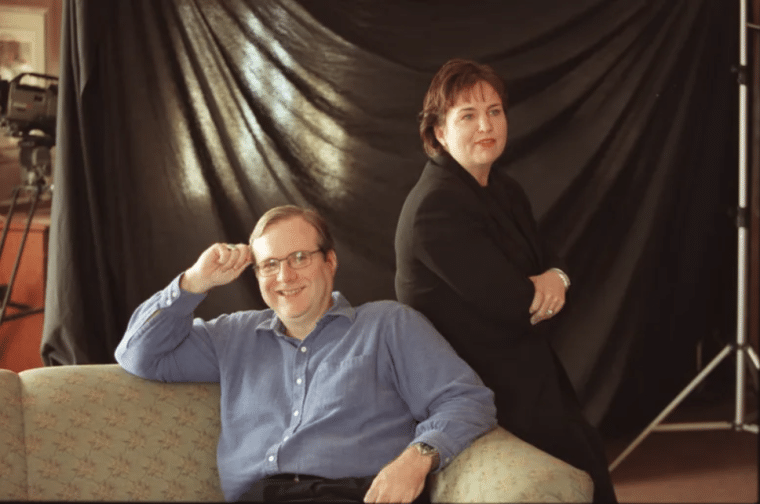
Paul Allen reportedly invested the proceeds of the sale of his Microsoft shares into Vulcan Capital. This would become an umbrella for many businesses and it was worth billions at the time of his death.
Vulcan Productions
One of the branches of the Vulcan brand is Vulcan Productions. The television and film production company is headquartered within the entertainment division of Vulcan Inc. It was behind major movies that have won Peabody Awards, Grammys, and Emmys.
For instance, We the Economy aired in 2014 and won 12 awards and was nominated for many more. Other popular movies Vulcan produced include Body Team 12 and Racing Extinction.
Vulcan Real Estate
The real estate division at Vulcan offers portfolio and development management services from urban planning to site selection and construction. So far, the subsidiary has developed 6.6 million square feet of office, residential, retail, and research space.
Paul Allen’s Vulcan Real Estate division is known for the redevelopment of the South Lake Union neighborhood, as well as for the development of Portland’s Moda Center, which Allen bought in 2007.
@jonlentrealtor Quick overview of the South Lake Union neighborhood of Seattle! Lots of tech offices, bars, a great park and some fine real estate. #seattle #exploreseattle #seattletourism #movingtoseattle #seattlerealtor #firsttimehomebuyer #seattlerealestate #seattleliving
Vulcan Sports and Entertainment
In 2007, Allen and his sister established another subsidiary of Vulcan Inc. to manage Allen’s professional sports team and franchises, including the Portland Trail Blazers, Seattle Seahawks, and Seattle Sounders FC.
Paul Allen bought the Seattle Seahawks in 1997 for $194 million from Ken Behring. The team made the Super Bowl three times following three NFC Championship victories in 2005, 2013, and 2014. It was valued at $5 billion in 2023 by Forbes.
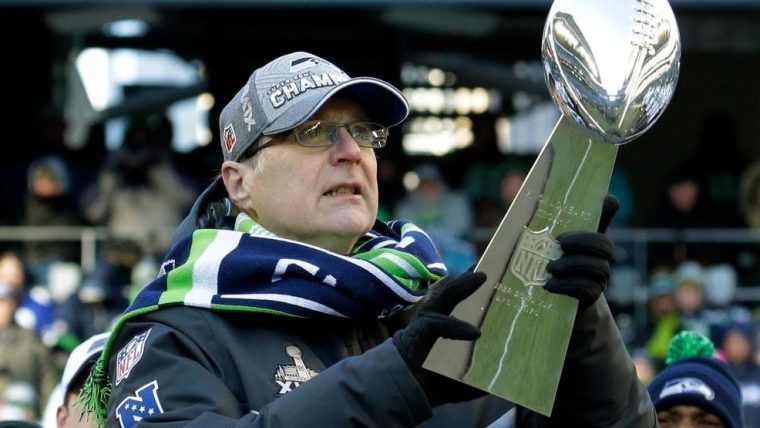
A year after buying the Seahawks, he purchased the Portland Trail Blazers NBA team from Larry Weinberg for $70 million. The Portland Trail Blazers reached the playoffs 19 times since his purchase and were valued at $2.09 billion in 2021.
Finally, in 2009, the sports team owner acquired the Seattle Sounders FC, a major league soccer franchise that played at Century Link Field, a stadium Allen owned. The Seattle Sounders sold out every home game during the first season and set a new record for match attendance. These days, the Seattle Sounders FC are worth around $795 million.
Vulcan Aerospace
Vulcan Aerospace is another major Vulcan subsidiary, set up in 2015. Paul Allen had long followed his desire to make space travel more convenient and commercial. To that end, Vulcan Aerospace oversaw the development of an air-launch system that was worked on between 2010 and 2019 called Stratolaunch Systems, aiming to transport payloads using a large carrier aircraft.
Vulcan Aerospace financed the SpaceShipOne effort, and Allen sold the technology behind it to Richard Branson.
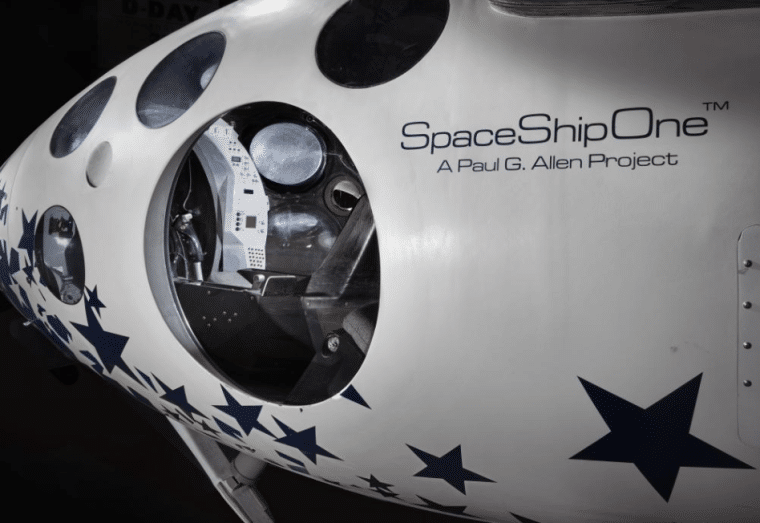
Other Investments in Businesses
At one point, Allen purchased a stake in AOL, a company that saw tremendous growth, but unfortunately, he sold his AOL stock before the company’s peak. If Allen had held on for a little longer, his stake would be worth $40 billion at its peak. Instead, he only made $75 million in 1994.
He also owned Charter Communications, the seventh largest cable company in the world, which was valued at $25 billion near its peak when he owned it. However, this company went bankrupt in 2009, and he eventually lost over $7 billion on his investment.
After leaving Microsoft, Allen invested in several other companies, often startups. At one point (and perhaps even at the time of his death), Allen owned an unknown stake in cable and internet providers and technology and media companies.
Yachts
In 2003, Allen bought one of the most valuable pieces in his asset portfolio, the Octopus, a 414-foot-long yacht. At the time, his yacht was the biggest in the world, and it cost $200 million to build – plus $384,000 a week to run, thanks to its two helicopters, seven boats, two submarines, and jet skis. He still owned this yacht when he died.
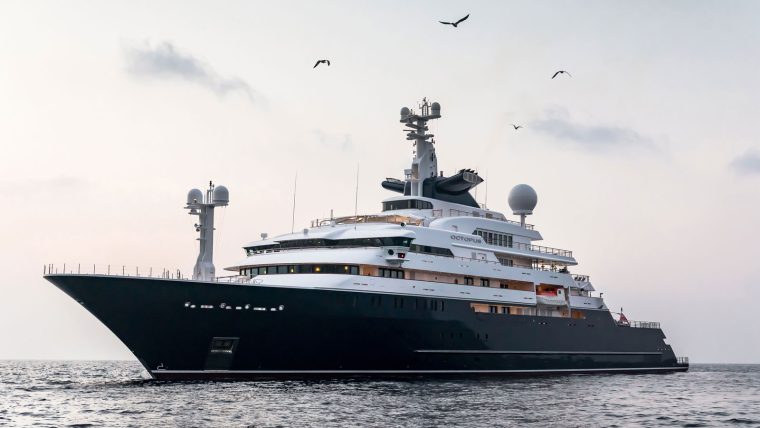
Octopus was a major social hub for celebrities and businessmen. It was also used in the search for a missing American pilot and two officers near Palau. Following his death in 2018, the yacht was put on the market for $325 million.
In addition to this yacht, Paul Allen owned Tatoosh, another large yacht. It reportedly damaged 1300 square meters of coral reef in the Cayman Islands so, in April 2016, Allen funded the restoration and recovery through Vulcan Inc. together with the Department of Environment. Tatoosh was worth $90 million and was auctioned in 2022.
Allan Island
In 1992, the billionaire Paul Allen purchased Allan Island, bordering Rosario Strait, in northwest Washington. He originally planned to build a vacation home there but instead chose to buy a separate property in the San Juan islands.
He attempted to sell the island at least twice until he finally closed a deal in 2013, selling it for $8 million, much less than the original $25 million asking price.
Allen’s Art Collection
Paul Allen has spent years acquiring valuable pieces for his art collection, making up a significant portion of his net worth. He also donated a lot to support the arts, reportedly over $100 million during his lifetime.
Visionary, The Paul G. Allen Collection, was a Christie’s auction exhibition in 2022 that shared 115 pieces from 26 years of collecting and a mixture of 500 years of art history. Allen’s fine art collection included pieces from McArthur Binion, Pablo Picasso, Van Gogh, and Botticelli, with the sale making a record-breaking over $1.6 billion.
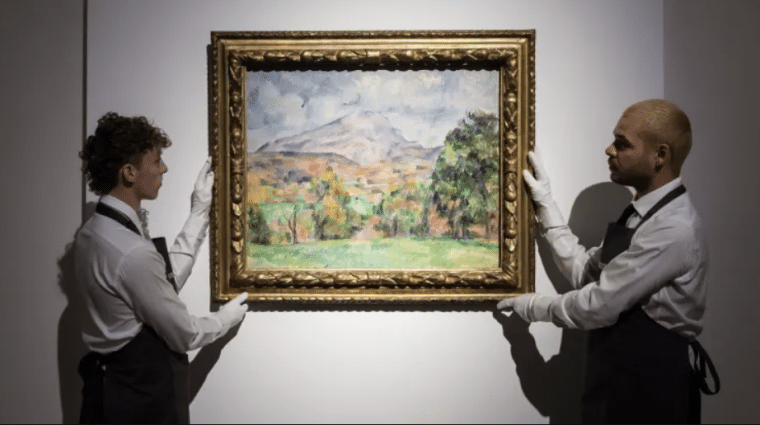
Allen’s Real Estate Holdings
Paul Allen’s real estate holdings went beyond those through Vulcan Real Estate. For instance, in 2022, his family was selling Allen’s properties across the US and accumulated $168 million for 10 properties in New York and Seattle alone! Eight properties were sold in Seattle valued at $67 million and two Manhattan apartments for $101 million.
The reason for the real estate sale was that Allen’s sister needed to liquidate the estate and make major donations as per her brother’s dying wishes.
This wasn’t the family’s first sale, though. Reportedly, Paul Allen left behind a trust that sold around $233 million worth of real estate in a single year, and there is still more to go. His Silicon Valley mansion was sold in 2020 for $35.2 million and a year later, Eric Schmidt bought a 120-acre plot of land in the Beverly Hills neighborhood that belonged to Allen.
What Can We Learn from Paul Allen’s Story?
The life and legacy of Microsoft cofounder Paul Allen provide us with a captivating narrative of entrepreneurial brilliance coupled with generosity. From his formative years at Lakeside School, where he befriended Bill Gates and built his passion for computer science, to the founding of Microsoft and his other ventures, Paul Allen embodies visionary leadership and strategic foresight.
What’s more impressive about Microsoft founder Paul Allen is that he started from humble beginnings and grew to be one of the greatest inventors on the planet. He became a titan in the tech industry, showing us that transformation is possible if you have the skills, courage, and talent to pursue your bold ideas.
Throughout his illustrious career, Paul Allen’s impact extended beyond the world of technology. His visionary investments in real estate, sports franchises, and philanthropic endeavors, left a huge mark on society. Allen’s stewardship on three professional sports teams – the Seattle Sounders FC, Seattle Seahawks, and Portland Trail Blazers – exemplified his commitment to fostering community spirit and supporting sports.
Through the establishment of his foundation and his support for many causes ranging from wildlife conservation to scientific research, Allan demonstrated a profound commitment to making a positive impact on the world, driving meaningful change throughout his lifetime.
